
As enjoyable as baking can be, there’s actually a lot of math that goes into this hobby which can make it a bit daunting for those who want to try their hand at it. That’s because if you don’t have precise measurements when baking your recipe, you may end up having an irreparable baking disaster on your hands, a kitchen to clean-up, and a lot of wasted food.
The good news is understanding the math behind the measurements involved with baking doesn’t have to be difficult, because there are a lot of helpful tricks out there.
Whether you’re looking to adjust the size on pizza dough, convert measurements from one country’s recipe to use in another country, or you’re missing baking equipment and need to be able to measure ingredients with what you do have, there are ways to memorize some of these calculations. And, for more complex conversions, you can also utilize the help of an online calculator depending on what baking calculations or conversions you need.
Finally, depending on the adjustment you want to make, you can also use a formula called “baker’s math”. Understanding baker’s math is another way to easily understand the ratio of different ingredients in a baking recipe so you can have a nice visual of what’s in front of you.
Let’s get started to learn about all the ways to use math to help you while baking!
What is Baker’s Math?

Baker’s math, also known as baker’s percentage or baker’s formula, is a method used in baking to express the ratios of ingredients in a recipe based on the weight of the flour. It is a standardized way for bakers to communicate and scale recipes accurately.
In baker’s math, the weight of the flour is always considered 100%, and the weights of other ingredients are expressed as percentages relative to the flour weight. This allows bakers to easily scale recipes up or down depending on their needs.
For example, if a recipe has 500 grams of flour, 300 grams of water, 10 grams of salt, and 5 grams of yeast, the baker’s percentages would be:
Flour: 100%
Water: (300 grams / 500 grams) x 100% = 60%
Salt: (10 grams / 500 grams) x 100% = 2%
Yeast: (5 grams / 500 grams) x 100% = 1%
Baker’s percentages make it easier to adjust ingredient quantities when changing the size of a recipe or developing new recipes. It also helps bakers maintain consistent ratios of ingredients, which is important for achieving consistent results in baking.
What to Consider Before Using Baker’s Math
While baker’s math is a useful tool for scaling and adjusting recipes in baking, there are a few potential challenges or problems that can arise when using this approach.
One significant issue is ingredient variability, which can lead to variations in the weights and behavior of ingredients. Additionally, rounding errors during calculations can cause small discrepancies in the final quantities.
Another challenge with baker’s math is the assumption of consistent weights and properties for ingredients. Many recipes utilize different measurement units such as cups, grams, or tablespoons. To apply baker’s math accurately, all ingredients must be weighed using the same measurement unit, which may require preliminary conversions if a kitchen scale is not available.
So, let’s find out how that’s done!
Baking a Cake: Converting Measurements for Sweet Success
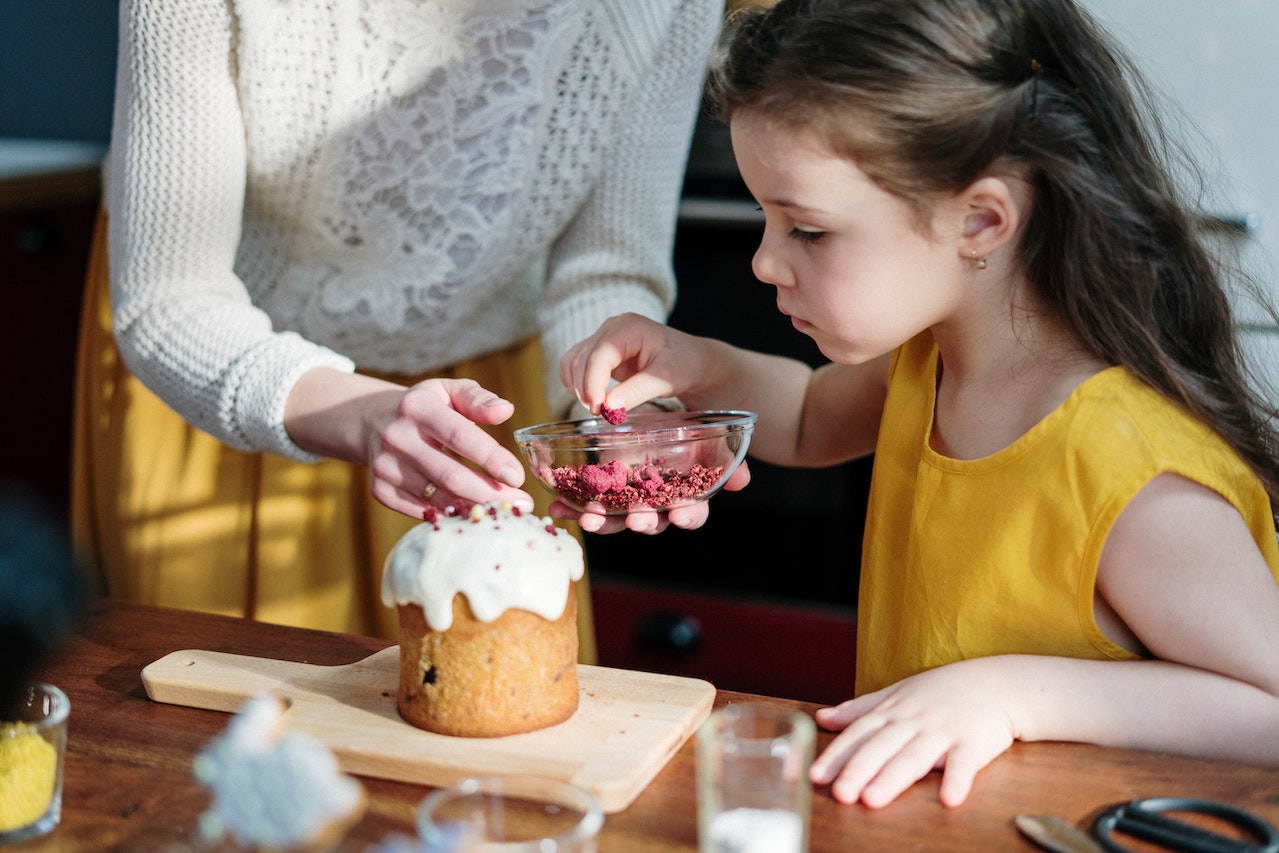
Like with any baked goods, baking a cake involves using exact measurements to achieve the perfect texture and flavor. Without that, your cake may come out too dry, too moist, too sugary, or too bland.
Unfortunately, many cake recipes don’t make it so easy to not make an error. This is because they may provide measurements in either volume (cups) or weight (grams or ounces), which can leave you frazzled while baking — especially if you’d like to use baker’s math to adjust the recipe, or if your baking-ware doesn’t include measurements in the metrics you need and you need to improvise.
Example Measurements for Cake:
When it comes to converting measurements for a cake or other baked goods, it’s important to remember that different ingredients have varying densities. This means that liquids, solids, and ingredients with varying consistencies/densities will have different conversions.
Let’s use this cake recipe as an example.
- Flour: 2 cups
- Sugar: 1 ½ cups
- Butter: 200 grams
- Eggs: 3
A commonly used conversion trick for dry ingredients (in this case flour) is that 1 cup is equal to approximately 160 grams. So, if your recipe calls for 2 cups of flour, you can estimate it to be around 320 grams (2 cups * 160 grams per cup).
Now, let’s say you only have measuring cups and no way to measure grams. So, you’ll need to convert the 200 grams of butter to cups as well. Using a cups to grams converter or grams to cups converter can be a major help.
Fun fact: Most sticks of butter are wrapped in wax paper that allows you to easily measure out how much you need, but that measurement is usually in tablespoons. So, how many tablespoons are in a cup? The answer is around 16 tablespoons.
In the case of this recipe, however, using the calculator above 200 grams of butter is equal to a little less than a cup (.869). Then, by using a cups to tablespoons converter, you’ll see the conversion is actually a bit closer to 14 tablespoons, which is what you’d use if you wanted to get a more precise measurement when baking this cake!
Baking Cookies: Mastering Volume to Weight Conversions
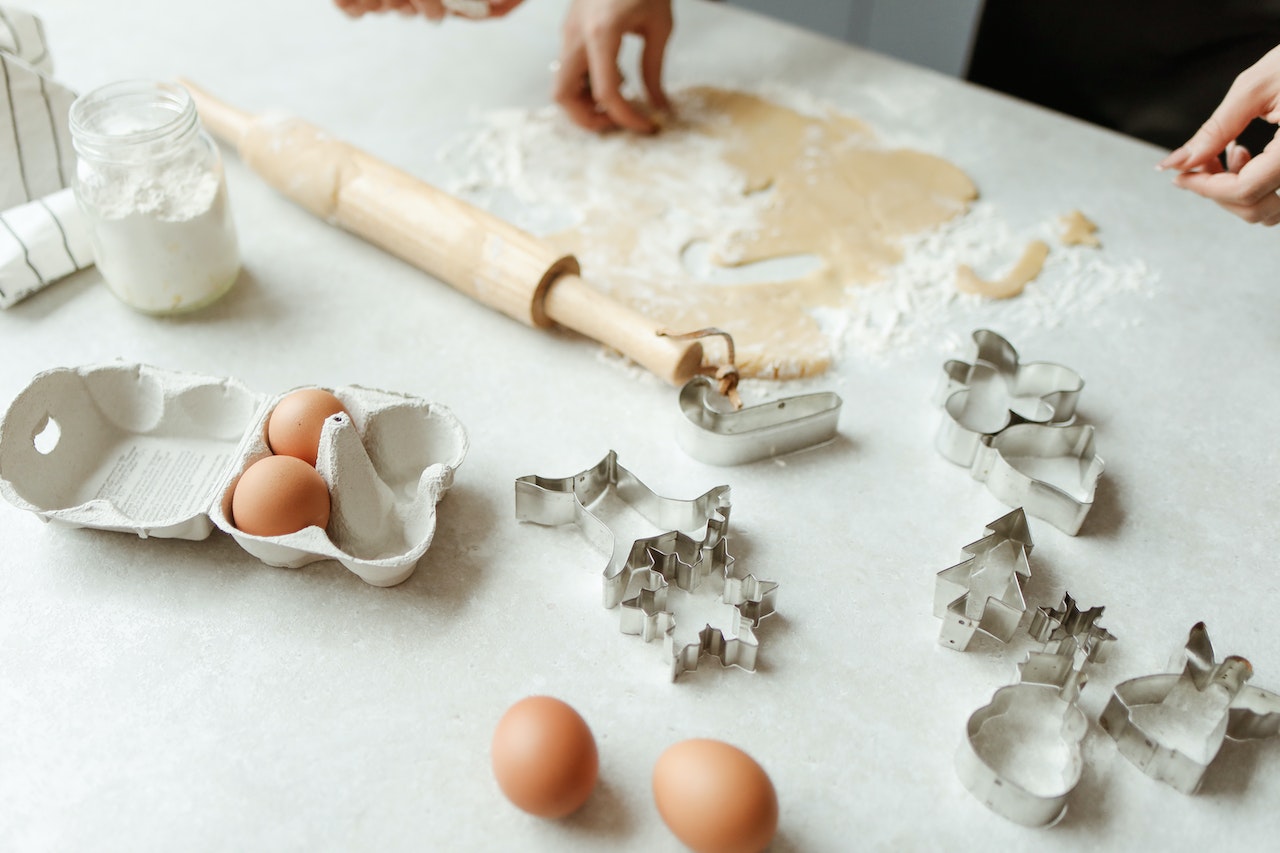
Cookies are one of the first baking challenges that new bakers start with, as they use just a few ingredients yet can be made with countless variations. Let’s look at this example:
- Flour: 2 ½ cups
- Sugar: 1 cup
- Butter: 1 stick (½ cup)
- Chocolate Chips: 1 ½ cups
Like cake, remember that converting volume to weight for dry ingredients like flour and sugar requires knowing their density. For example, unlike flour and water, 1 cup of granulated sugar is a little over 200 grams.
But, let’s say you threw your measuring cups into the dishwasher already, and forgot to add the sugar. What if you only have teaspoons left to measure it? No problem — you’d just need to measure 48 teaspoons just to get you that one cup of a sugar!
Of course, this is not exactly ideal. Instead, perhaps you have tablespoons to measure, too. This will be a little easier, because generally, for every 1 tablespoon, there are 3 teaspoons. Therefore, divide 48 by 3, and you get 16 tablespoons. That means that 1 cup of sugar is equal to around 16 tablespoons, too.
But, similar to the butter in the cake recipe above, it’s important to be precise! Therefore, consider using a cup to tablespoon calculator or cups to teaspoon calculator to make this a whole lot easier!
Baking Scones: Converting UK Measurements to US Measurements
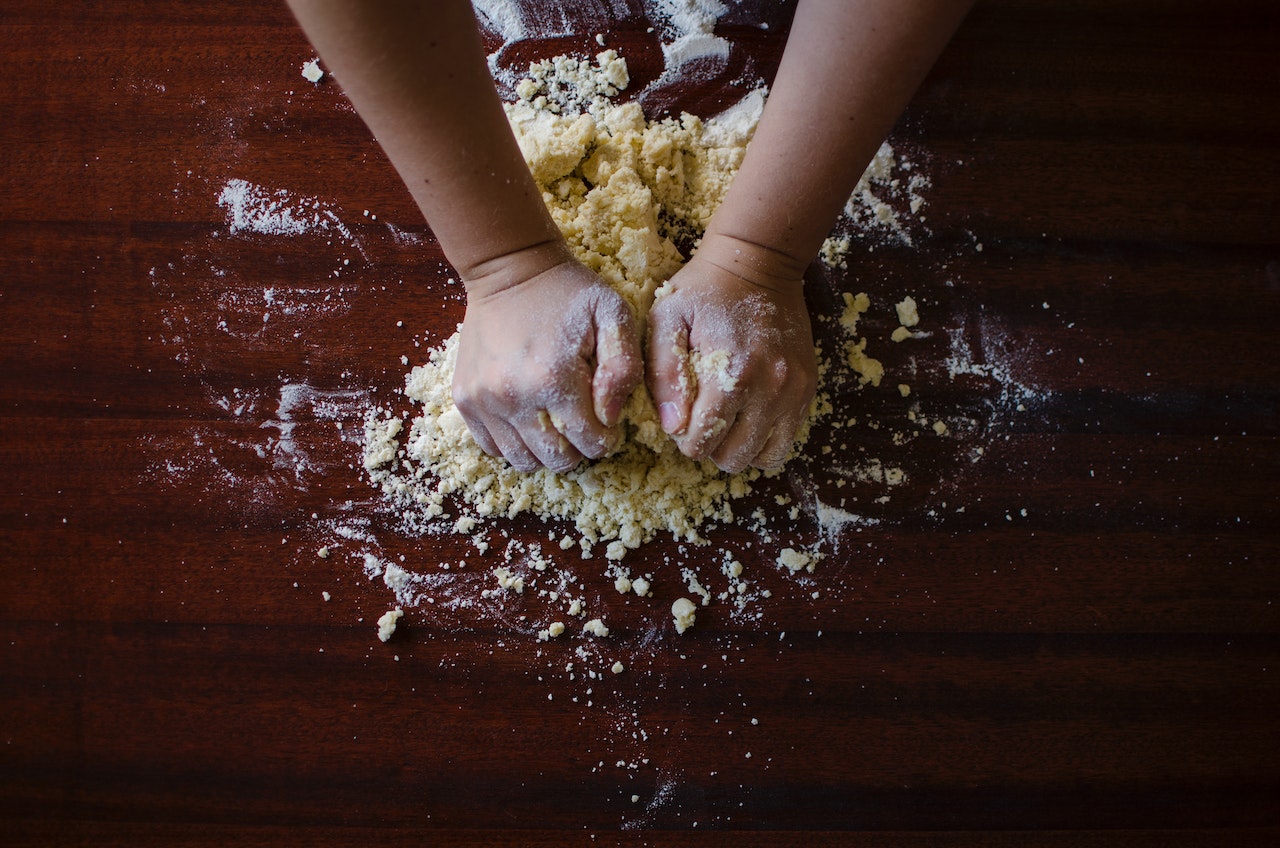
Have you ever wanted to cook something from a different country, which uses a different measurement system than your used to?
Let’s use scones as an example.
Because the measurement differences between the US and UK — where scones are popular — are different, it’s important to know how to convert the recipe between the two systems. And, it’s not just scones! The truth is, not knowing how to do these conversions can keep you rather limited when it comes to trying out recipes from food blogs based in other countries. And, most measuring cups will tell you the measurement in milliliters as well, so it’s definitely a good-to-know.
Example Measurements for Scones:
To convert UK measurements to US measurements, it’s important to be familiar with the appropriate conversion factors. In this case, we’ll focus on flour, butter, and milk, three of the main ingredients in scone recipes:
In the UK…
- Flour (UK): 225 grams
- Butter (UK): 50 grams
- Milk (UK): 150 milliliters
In the US…
- Flour (US): Approximately 1 ¾ cups
- Butter (US): Approximately ¼ cup
- Milk (US): Approximately ⅔ cup
Generally, the easiest way to know these conversions is to remember some basic memory tricks. If you bake enough, they’ll start to “stick”!
To start, most measuring cups will have the measurement written in milliliters and/or ounces (more on ounces later!). Generally, 1 cup is equivalent to approximately 240 milliliters (actually, 236) which is similar to the conversion of cups/grams. That’s because 1 gram equals 1.3 ml. This makes it pretty easy to remember for quick calculations.
That being said, don’t forget that baking needs to be precise! You can use a cups to milliliter converter or milliliters to cups converter to double check different ingredients.
Another major difference you’ll see between UK and US recipes is the baking temperature. In the US, we use Fahrenheit, but in the UK, Celsius is used. Knowing how to convert these is important not only in baking, but cooking anything in the oven!
In order to make this conversion, subtract 32 from the Fahrenheit temperature, then multiply the result by 5/9.
Then, to convert Celsius to Fahrenheit, multiply the Celsius temperature by 9/5, then add 32 to the result. If that’s hard to remember, there’s also basic conversions for common baking temperatures you can commit to memory, i.e 205 degrees C is roughly 400 degrees F, while 175 degrees C is roughly 350 degrees F.
Baking Pie: Converting Pie Crust Recipes for Different Sizes
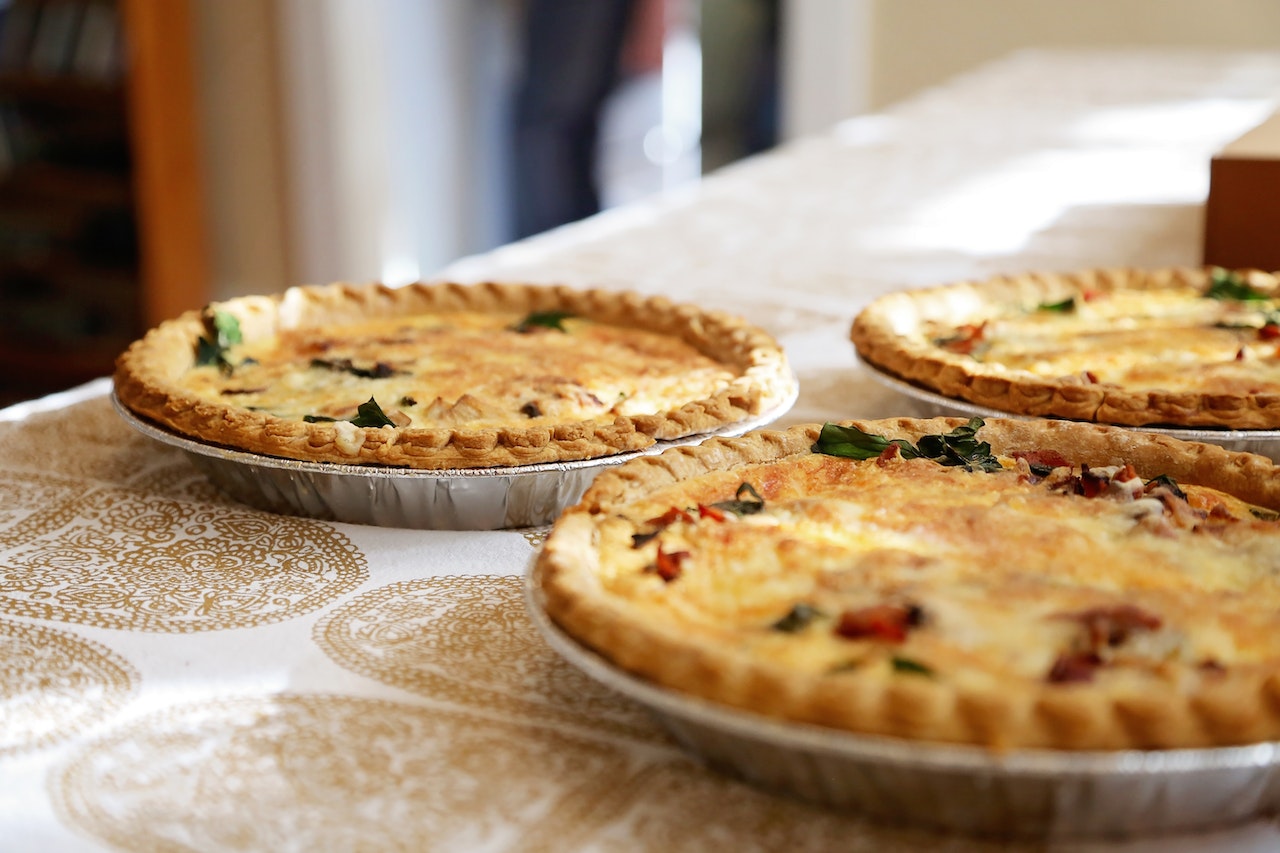
Pie making involves precise measurements for both the crust and the filling. Converting pie crust recipes to fit different pie dish sizes ensures a perfectly balanced crust-to-filling ratio.
Example Measurements for Pie Crust:
- Flour: 2 ½ cups
- Butter: 1 cup
- Water: ¼ cup
To adjust a pie crust recipe, determine the original recipe’s pie dish size and the desired new size. Then, calculate the adjustment factor by dividing the new size by the original size.
For instance, if the original recipe is for a 9-inch pie crust and you want to make a larger 12-inch pie crust, the adjustment factor is 12/9 = 1.33. Multiply each ingredient quantity in the recipe by this factor to scale the recipe.
Now, this recipe is just for the pie crust, but let’s say you get home and forgot to buy the jam for the pie, and this particular recipe you’re using recommends getting a 12 ounce jar to do the trick. But, at home, you have only cups to measure, and a large 32 ounce jar at home.
How can you do the math to figure out what to scoop out of the jar you have? Generally, there are 8 ounces to one cup. So, if a recipe calls for 12 ounces, that’s about 1 and 1/2 cups. But, like other measurements in this article, the density of the ingredients plays a role. Using an ounces to cups converter can help you double-check!
Baking Pizza Dough: Perfecting Proportions for the Perfect Crust
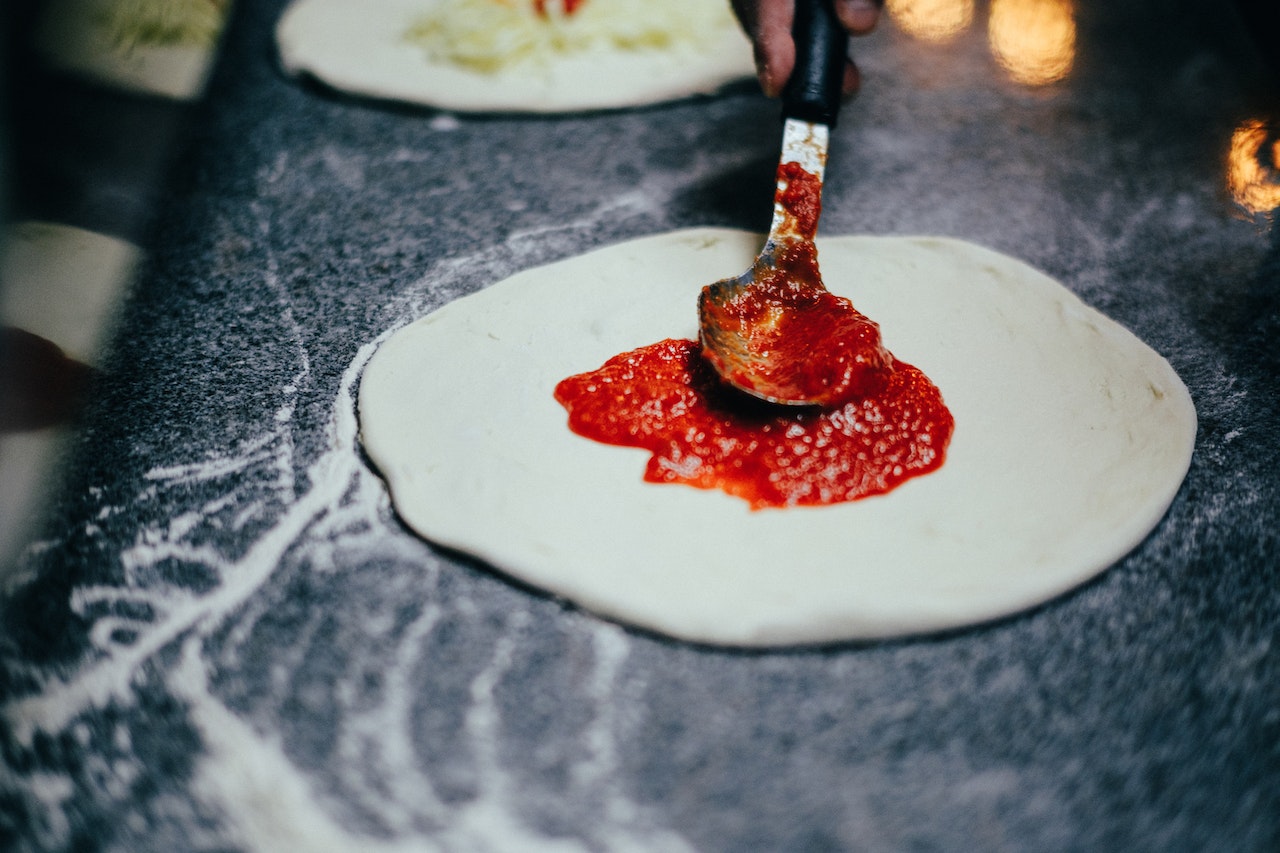
Once you understand how to adjust for pie, a pizza pie isn’t too much different!
Example Measurements for Pizza Dough:
Let’s say that your pizza dough recipe includes the following ingredients:
- Flour: 300 grams
- Water: 180 milliliters
- Yeast: 5 grams
- Salt: 8 grams
To adjust the recipe for a smaller or larger pizza, determine the desired pizza size compared to the original recipe. For instance, if the original recipe makes dough for a 12-inch pizza and you want to make an 18-inch pizza, simply divide 18 by 12 to get 1.5. Then, multiply each ingredient quantity by this factor to scale the entire recipe.
Using the example measurements above, the adjusted measurements for an 18-inch pizza would be approximately:
- Flour: 300 grams * 1.5 = 450 grams
- Water: 180 milliliters * 1.5 = 270 milliliters
- Yeast: 5 grams * 1.5 = 7.5 grams (round to the nearest convenient value)
- Salt: 8 grams * 1.5 = 12 grams
This is a simple trick to remember, but if you’d like to ensure quick and accurate calculations, you can also utilize our online pizza dough calculator to determine the precise measurements for your desired pizza size (and, desired pizza style!) before you even start. This way, you won’t have to worry about putting too little or too much of one ingredient!
A Mathematician in the Kitchen Bakery

Baker’s math provides a standardized and precise approach to scaling and adjusting recipes by expressing ingredient quantities as percentages relative to the weight of the flour. This allows bakers to easily scale recipes up or down while maintaining consistent ratios, ensuring desired results regardless of batch size.
However, to effectively apply baker’s math, it is important to have a kitchen scale or know the weight of ingredients. This enables accurate measurements and conversions, ensuring the integrity of the recipe. Then plug the numbers in a Bread ratio calculator and you’re set to make an awesome baked goodie.
The process of converting measurements and dealing with various baking equipment can be overwhelming. That’s where baking calculators come to the rescue! These invaluable tools save you time, effort, and potential kitchen mishaps by handling the calculations involved in measurement conversions. With the assistance of baking calculators, you can confidently navigate the complex world of measurements and conversions, focusing on the joy of baking while leaving the meticulous calculations to the technology.
Hana LaRock is a content writer, copywriter, and content strategist with ten years of experience working in different industries, including tech, cybersecurity, real estate, and business.